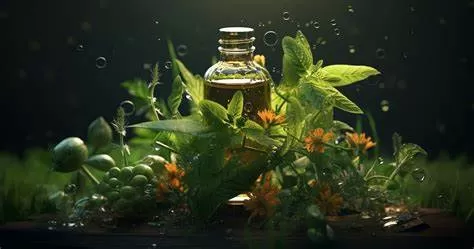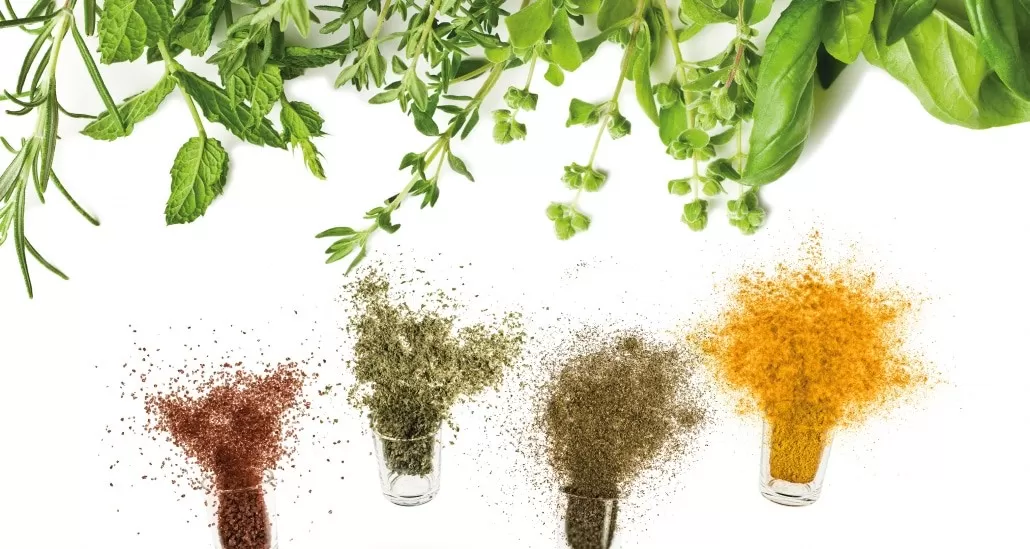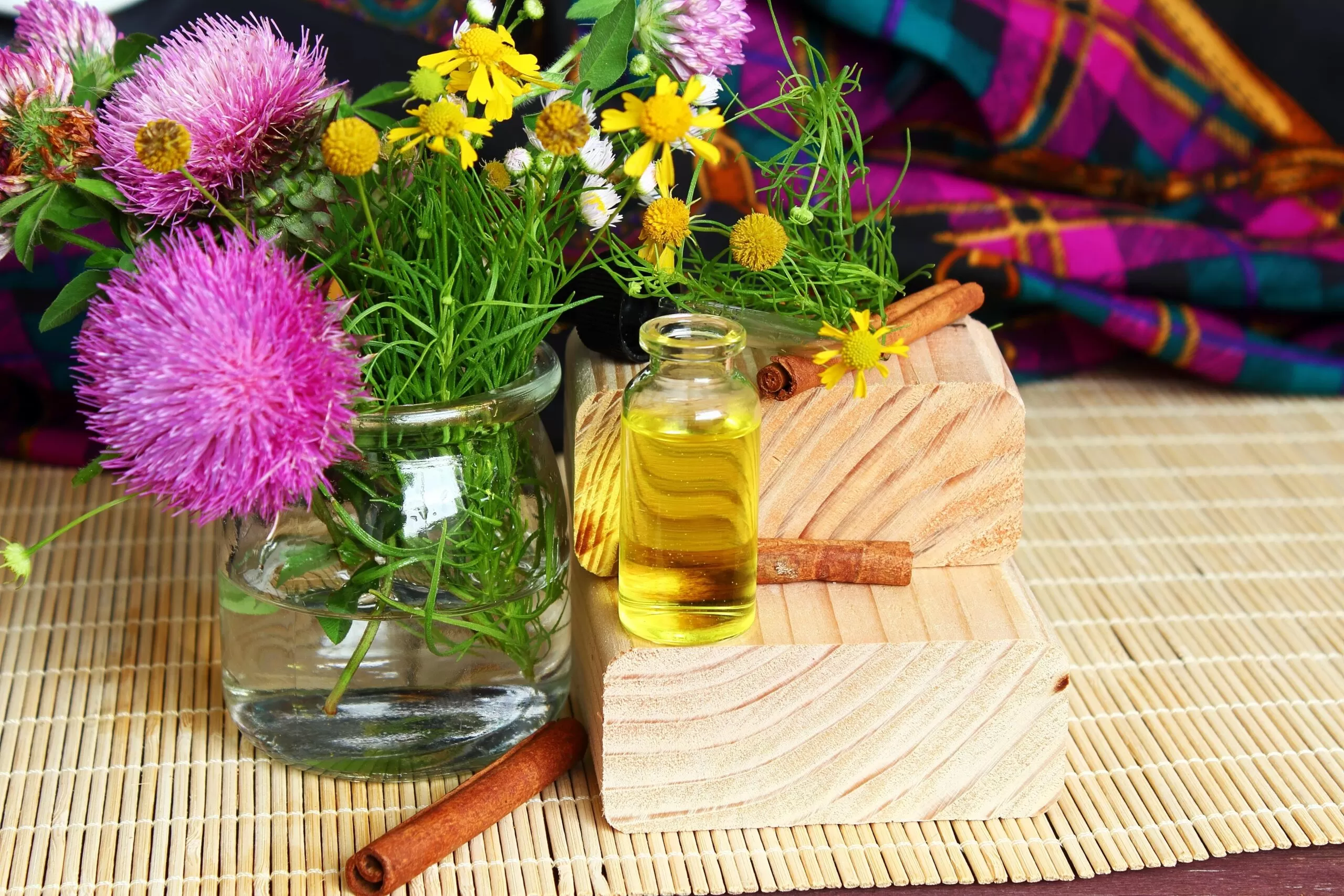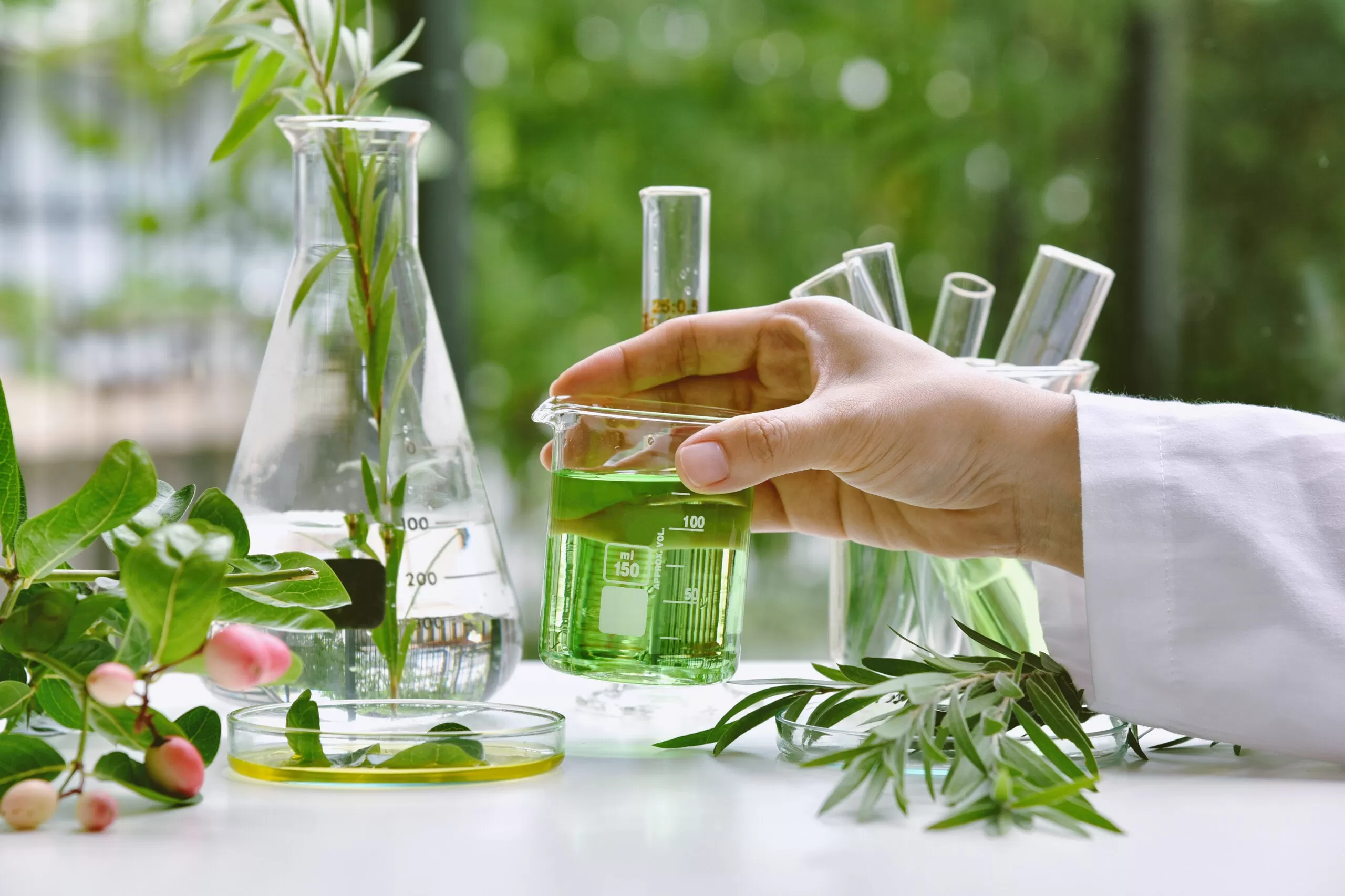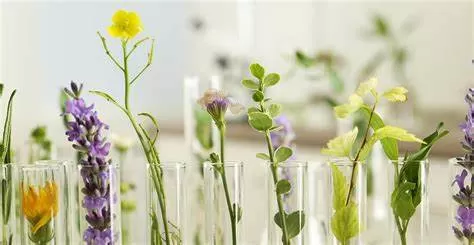- 0086-571-85302990
- sales@greenskybio.com
Unlocking Nature's Treasure: A Comprehensive Guide to Plant Extracts
2024-08-02
1. Introduction
Plant extracts have been an integral part of human history for centuries. They are the concentrated essence of plants, obtained through various extraction methods. These extracts hold a wealth of benefits and have been used in diverse fields, ranging from traditional medicine to modern cosmetics and pharmaceuticals.
2. The Significance in Traditional Medicine
2.1 Ancient Origins
Traditional medicine systems around the world, such as Ayurveda in India, Traditional Chinese Medicine (TCM), and Native American herbalism, have long relied on plant extracts. In Ayurveda, for example, herbs like turmeric (Curcuma longa) are used in the form of extracts. The active compounds in turmeric, such as Curcumin, are believed to have anti - inflammatory and antioxidant properties. In TCM, ginseng (Panax ginseng) extracts are used to boost energy and enhance the immune system.2.2 Healing Properties
- Many plant extracts have been used to treat various ailments. For instance, willow bark extracts were used by ancient civilizations to relieve pain. It was later discovered that the active ingredient, salicin, is related to aspirin.
- Extracts from plants like aloe vera (Aloe barbadensis) are well - known for their skin - healing properties. They can be used to treat burns, cuts, and skin irritations.
3. Plant Extracts in Modern Scientific Research
3.1 Pharmacological Research
In modern pharmacology, plant extracts are a rich source of potential new drugs. Scientists are constantly exploring the chemical constituents of plant extracts to find new therapeutic agents. For example, the Madagascar periwinkle (Catharanthus roseus) contains alkaloids such as vincristine and vinblastine. These compounds have been developed into chemotherapy drugs for treating cancer.3.2 Cosmetic Research
- Plant extracts are widely used in the cosmetic industry. They are added to products for their moisturizing, anti - aging, and skin - brightening properties. Rosehip (Rosa canina) extract, for instance, is rich in vitamins and fatty acids, making it an excellent ingredient for anti - aging creams.
- Extracts from green tea (Camellia sinensis) are also popular in cosmetics. The polyphenols in green tea have antioxidant properties that can protect the skin from damage caused by free radicals.
4. Sustainable Extraction Practices
4.1 Importance of Sustainability
As the demand for plant extracts increases, it is crucial to ensure sustainable extraction practices. Unsustainable extraction can lead to over - harvesting of plants, which may threaten their survival and disrupt ecosystems. For example, some rare medicinal plants are at risk of extinction due to over - collection.4.2 Sustainable Methods
- One sustainable method is wild - crafted harvesting. This involves carefully collecting plants from their natural habitats in a way that does not harm the plant population or the ecosystem. Harvesters need to follow strict guidelines, such as only taking a certain percentage of the available plants.
- Cultivation is another important approach. By growing plants specifically for extraction, we can ensure a continuous supply without depleting wild populations. Many plant species used for extracts are now being cultivated on farms.
5. Potential Future Trends
5.1 Biotechnology and Genetic Engineering
In the future, biotechnology and genetic engineering may play a significant role in plant extract production. Scientists may be able to genetically modify plants to increase the production of desired active compounds. For example, they could enhance the production of certain medicinal alkaloids in plants.5.2 Nanotechnology
- Nanotechnology has the potential to improve the delivery and effectiveness of plant extracts. Nanoparticles can be used to encapsulate plant extract compounds, protecting them from degradation and enhancing their absorption in the body.
- It can also be used to develop more targeted drug delivery systems using plant - based compounds, which could lead to more effective treatments with fewer side effects.
6. Conclusion
Plant extracts are a valuable resource that has been used by humans for centuries. Their significance in traditional medicine and modern scientific research cannot be overstated. As we move forward, it is essential to balance the utilization of plant extracts with sustainable extraction practices. The potential future trends in this field, such as biotechnology and nanotechnology, offer exciting opportunities for further development. By unlocking nature's treasure in a responsible way, we can continue to benefit from the unique properties of plant extracts for years to come.
FAQ:
What are the main applications of plant extracts in traditional medicine?
Plant extracts have been widely used in traditional medicine for various purposes. For example, some plant extracts are used to relieve pain, such as the extract from willow bark which contains salicin, a precursor to aspirin. Others are used for digestive problems. Many herbs' extracts are believed to soothe the stomach, improve digestion, and relieve symptoms like indigestion and bloating. Some plant extracts are also used for their anti - inflammatory properties in traditional medicine systems around the world.
How do plant extracts contribute to modern scientific research?
Plant extracts play a crucial role in modern scientific research. They are a rich source of bioactive compounds. Scientists study plant extracts to discover new drugs. For instance, many anti - cancer drugs are being developed from plant extracts that show cytotoxic effects on cancer cells. Plant extracts are also used in research related to cosmetics. Their antioxidant properties can be harnessed for anti - aging products. In addition, they are studied for their potential in treating various diseases like neurodegenerative disorders and autoimmune diseases.
What are the sustainable extraction practices for plant extracts?
Sustainable extraction practices for plant extracts are essential to protect the environment and ensure the long - term availability of plant resources. One approach is selective harvesting, where only specific parts of the plant are collected at a time, allowing the plant to continue growing and reproducing. Another method is using cultivation techniques for plants that are a source of valuable extracts. This reduces the pressure on wild plants. Additionally, new extraction technologies are being developed that are more efficient and less wasteful, minimizing the use of solvents and energy in the extraction process.
What are the potential future trends in the field of plant extracts?
The field of plant extracts is likely to see several future trends. There will be an increased focus on personalized medicine, where plant - based extracts may be tailored to an individual's genetic makeup. With the growing demand for natural products, more research will be directed towards improving the bioavailability of plant extracts. Another trend could be the use of biotechnology in plant extraction, such as genetic engineering to enhance the production of valuable compounds in plants. Also, there will likely be more collaborations between traditional medicine practitioners and modern scientific researchers to explore the full potential of plant extracts.
How can we ensure the quality of plant extracts?
To ensure the quality of plant extracts, several measures are necessary. Firstly, proper identification of the plant source is crucial. This involves using accurate botanical identification methods. Secondly, standardization of the extraction process is important. This includes controlling factors like temperature, pressure, and solvent used during extraction. Thirdly, quality control tests such as assays for the active compounds, purity tests, and microbiological tests should be carried out. Additionally, proper storage conditions need to be maintained to prevent degradation of the plant extracts.
Related literature
- Plant Extracts in the Treatment of Diseases: Current Trends and Future Prospects"
- "Sustainable Extraction of Plant Bioactive Compounds: A Review"
- "The Role of Plant Extracts in Modern Pharmacology"
- ▶ Hesperidin
- ▶ citrus bioflavonoids
- ▶ plant extract
- ▶ lycopene
- ▶ Diosmin
- ▶ Grape seed extract
- ▶ Sea buckthorn Juice Powder
- ▶ Beetroot powder
- ▶ Hops Extract
- ▶ Artichoke Extract
- ▶ Reishi mushroom extract
- ▶ Astaxanthin
- ▶ Green Tea Extract
- ▶ Curcumin Extract
- ▶ Horse Chestnut Extract
- ▶ Other Problems
- ▶ Boswellia Serrata Extract
- ▶ Resveratrol Extract
- ▶ Marigold Extract
- ▶ Grape Leaf Extract
- ▶ blog3
- ▶ blog4
- ▶ blog5
-
Are plant extracts good for you?
2024-08-02
-
What are plant-based extracts?
2024-08-02
-
What Is a Plant Extract? A Deep Dive
2024-08-02
-
How Does Plant Extraction Work?
2024-08-02
-
Why Plant Extracts Are So Necessary
2024-08-02
-
What Plant Extracts Are
2024-08-02
-
Green Tea Extract
2024-08-02
-
Garcinia Cambogia Extract
2024-08-02
-
Polygonum Cuspidatum Extract
2024-08-02
-
Elderberry Extract
2024-08-02
-
Moringa powder
2024-08-02
-
Green coffee bean Extract
2024-08-02
-
Shikonin
2024-08-02
-
Tongkat Ali Extract
2024-08-02
-
Golden Seal Extract
2024-08-02
-
Sugarcane Extract
2024-08-02











